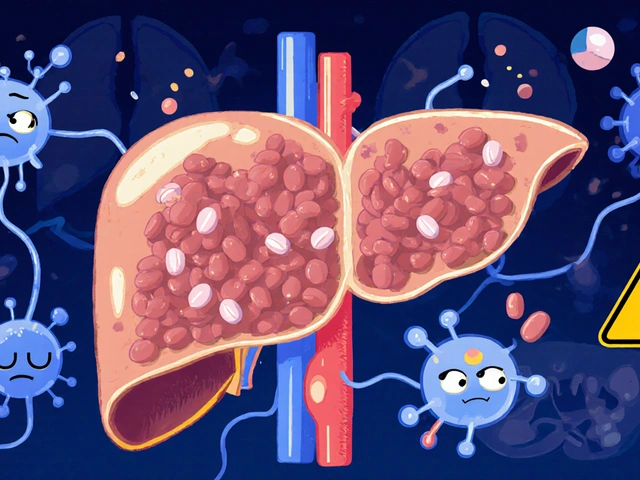Acromegaly and Vision Issues — May 2024 Archive
If you noticed changes in vision and are curious about acromegaly, this month’s post explains what to watch for and what to do next. The May 2024 article focuses on how a pituitary tumor can affect eyesight, how symptoms show up, and practical steps to get help fast.
Quick Symptoms and When to Act
Acromegaly often comes from a pituitary gland tumor pushing on nearby nerves. That pressure can cause loss of peripheral vision, double vision, or sudden drops in sight. Headaches that come with blurred edges in your vision are a red flag. If you notice a steady narrowing of side vision, sudden double vision, or any rapid change, contact your doctor or an eye specialist now — don’t wait for a routine checkup.
Other signs that link to acromegaly include larger hands or shoes, jaw changes, and tiredness. If you have those body changes plus vision symptoms, tell your care team right away. Early action often means better outcomes for eyesight.
Diagnosis, Treatment, and Eye Care
Diagnosis usually starts with a visual field test and neuroimaging. An ophthalmologist will check your fields and optic nerve; an MRI will look at the pituitary. Blood tests for growth hormone and IGF-1 confirm acromegaly. These tests together shape the plan to protect your vision.
Surgery to remove the pituitary tumor is a common first step and can relieve pressure on the optic nerves. Many people see vision improve after a successful operation, but recovery varies. If surgery isn’t enough or isn’t possible, medications like somatostatin analogs can shrink the tumor and lower hormone levels. Radiation is another option for long-term control when other treatments fall short.
During and after treatment, regular eye checks are essential. Visual field testing and optical coherence tomography (OCT) track nerve health and catch problems early. If vision loss is already present, low vision services, visual aids, and rehabilitation can help you stay independent while doctors work on the underlying cause.
Practical checklist from this month’s post: get visual field testing if you have headaches with vision changes; request an MRI if a pituitary issue is suspected; ask about surgical and medical options; and schedule ongoing eye follow-ups every few months until things stabilize. Keep a clear record of any changes and bring a family member to appointments if possible — they often notice subtle vision changes you might miss.
The May 2024 article gives specifics on symptoms, testing steps, and what to expect from different treatments. If vision is affected, coordinate care between an endocrinologist, neurosurgeon, and ophthalmologist — that team approach gives you the best chance to protect and restore sight.
Acromegaly, a rare hormonal disorder, can have a significant impact on vision. This article guides readers through the relationship between acromegaly and vision issues, offering practical tips and critical information. Learn about the symptoms, diagnosis, and management strategies to protect your eyesight if you or a loved one is affected by acromegaly.
View Details

